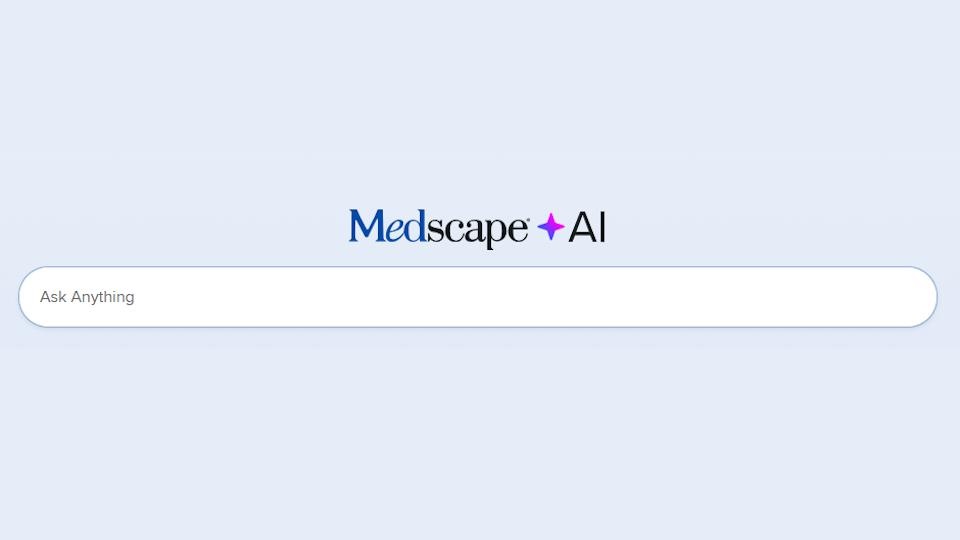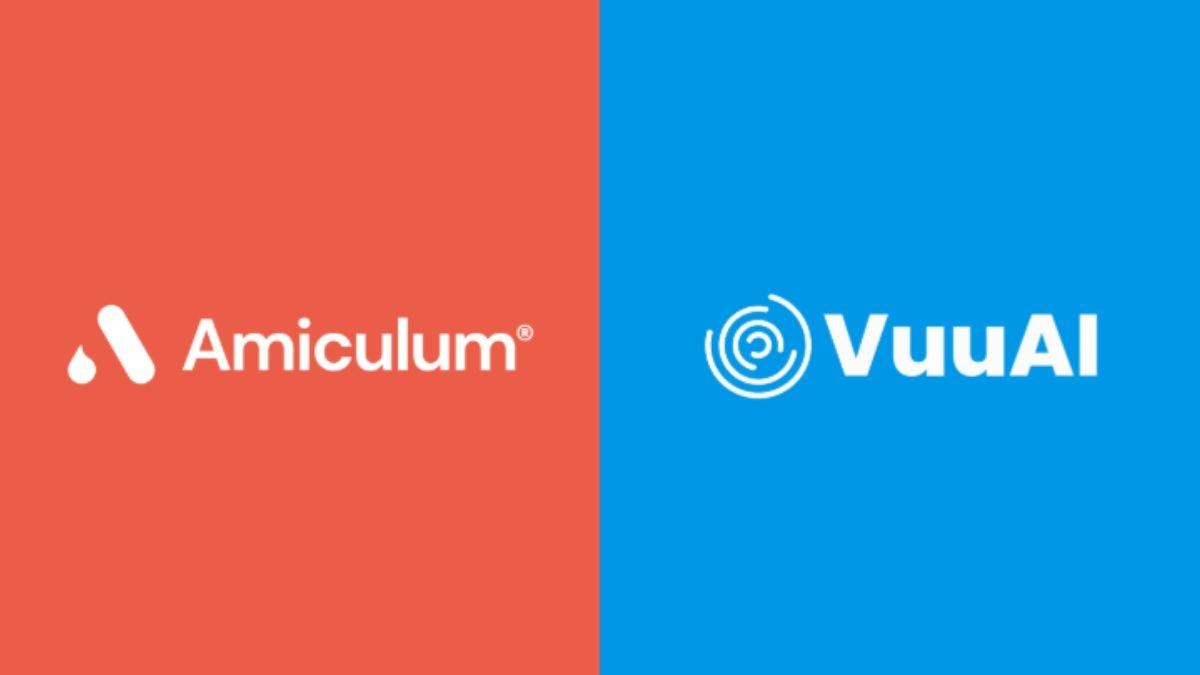Generative AI in pharma: Moving beyond hype and into widespread adoption

Generative AI (GenAI) has rapidly pushed its way to the forefront of tech innovation. Its applications are seemingly limitless, and its rise has fuelled massive hype, speculation, and excitement. Still, some observers (such as Goldman Sachs and Sequoia Capital) remain cautious, emphasising the challenges that may limit its real-world impact, at least in the short run. This split perspective is worth exploring: Why are there so many contrasting views on generative AI’s potential?
The answer becomes clearer when we look at generative AI through two distinct lenses: Consumer GenAI and Enterprise GenAI. Each has a different pace, adoption model, and impact. For instance, popular consumer tools like ChatGPT and DALL-E have quickly captured imaginations and allowed users to flood social media with AI-generated content. Generative AI in enterprise settings – especially in highly regulated sectors like pharmaceuticals – has advanced more cautiously. By examining the unique characteristics, challenges, and goals of Consumer vs Enterprise Gen AI, we can better understand why their adoption rates differ, how generative AI will evolve in these two categories and, most relevant for our purposes here, how the pharmaceutical industry can leverage the best of generative AI, speeding adoption and generating a sharp rise in impact.
Enterprise GenAI: Impactful, transformative, but cautious
For consumers, generative AI is about creativity, speed, and accessibility. But, while Consumer GenAI races ahead, Enterprise GenAI – especially in regulated fields like pharma – is a different story.
In enterprise environments, generative AI promises to revolutionise workflows, improve decision-making, and accelerate research. However, large organisations operate within complex frameworks. Here, generative AI implementations are slower and more deliberate, as they must meet strict requirements around data handling, security, and compliance. Some critical factors influencing the adoption of generative AI in the pharmaceutical industry include:
- Data privacy and compliance: Pharma companies must comply with strict data privacy regulations, such as HIPAA in the US and GDPR in Europe. Further, companies must prevent their trade secrets and proprietary information from finding their way into public large language models (LLMs). To use generative AI successfully, pharma companies must put in place enterprise-wide rules and infrastructures that govern AI usage and ensure flawless data and information security.
- Data silos and quality: Most enterprise generative AI models rely on vast amounts of high-quality data to generate accurate insights. For a pharmaceutical company, reliable AI requires access to quality data across research, clinical trials, supply chains, and patient records. However, in many pharma companies, data remains fragmented across departments, making it difficult to leverage a complete dataset. Additionally, “data debt” – unorganised or outdated data – can severely limit generative AI’s effectiveness in providing meaningful outputs.
- Embedded heuristics and decision-making: In pharma, many decisions are guided by both data and heuristics (i.e., rules of thumb, intuition, and experience). Embedding these nuanced heuristics into generative AI models is challenging, as it requires blending quantitative AI-driven predictions with qualitative human knowledge.
- Adoption factors such as trust, impact, and ease of use. For Enterprise Gen AI to gain traction in the pharma industry, companies need to address key adoption factors including trust, network effects, and ease of use. In pharma, these factors can be particularly challenging due to strict compliance rules, the complexity of workflows, and more.
For these reasons, Enterprise Gen AI, especially in fields with high stakes like pharma, tends to progress more cautiously. Still, pharma companies know they need to break down legacy siloes, increase efficiency, and improve insights to address the many challenges they face – from launch pressures to increased competition to fewer resources. Generative AI can help companies do these things, but only if they achieve widespread adoption across their organisations.
The potential of a J-curve growth path
To get to a J-curve shaped adoption model, pharma companies should pursue a strategic, layered approach to generative AI implementations. This approach will help them achieve broad adoption and unlock sustained value from their generative AI investments.
Focus on the sum vs the parts: Focus on "families" of use cases, rather than isolated ones to achieve a broader, cohesive impact across critical areas. Identify functions with large user bases and high cross-functional applicability to select these focus areas. This enables cross-subsidisation of resources, such as data and reporting, significantly driving up ROI by distributing costs across multiple use cases and enabling lower ROI use cases, which may help adoption (e.g., summarisation may not have ROI per se, but is an important piece of building more efficient workflows, so it gets cross-subsidised, ensuring overall better adoption).
Eat the elephant in small bites: Build generative AI maturity incrementally. By layering generative AI capabilities step-by-step (e.g., summarisation bots first, patient interaction bots later), companies reinforce existing efforts and create a strong foundation that enhances overall impact. This layered approach where everything is not rolled out at once ensures generative AI gets early wins, builds momentum, and creates fewer surprises.
Do not drink only the generative AI Kool-Aid: Avoid allowing generative AI to dominate the technology stack. Plan for the optimal stack. For example, optimise generative AI’s potential by combining it with complementary technologies. Generative AI is especially effective in pharma when paired with traditional AI tools. For instance, traditional AI can analyse clinical trial data and predict patient outcomes, while generative AI can summarise patient feedback and develop personalised treatment suggestions. This combination offers a holistic view of patient care, resulting in more precise and informed healthcare solutions.
A balanced AI future: Generative AI beyond the hype
In the consumer market, generative AI will continue to evolve, expanding creative possibilities and personalisation for individuals. In the enterprise sector, generative AI adoption will grow as organisations address data and integration challenges.
As generative AI matures, we will see a more balanced landscape where both Consumer and Enterprise GenAI find their place, contributing not only to technological advancement, but also to improved outcomes in industries that rely on precision, like healthcare and pharma.
Ultimately, understanding the two “lenses” of generative AI adoption – consumer and enterprise – allows us to appreciate its potential without getting lost in the hype. While generative AI’s journey in pharma may be slower, it is progressing toward a future where AI-driven insights transform the industry.












